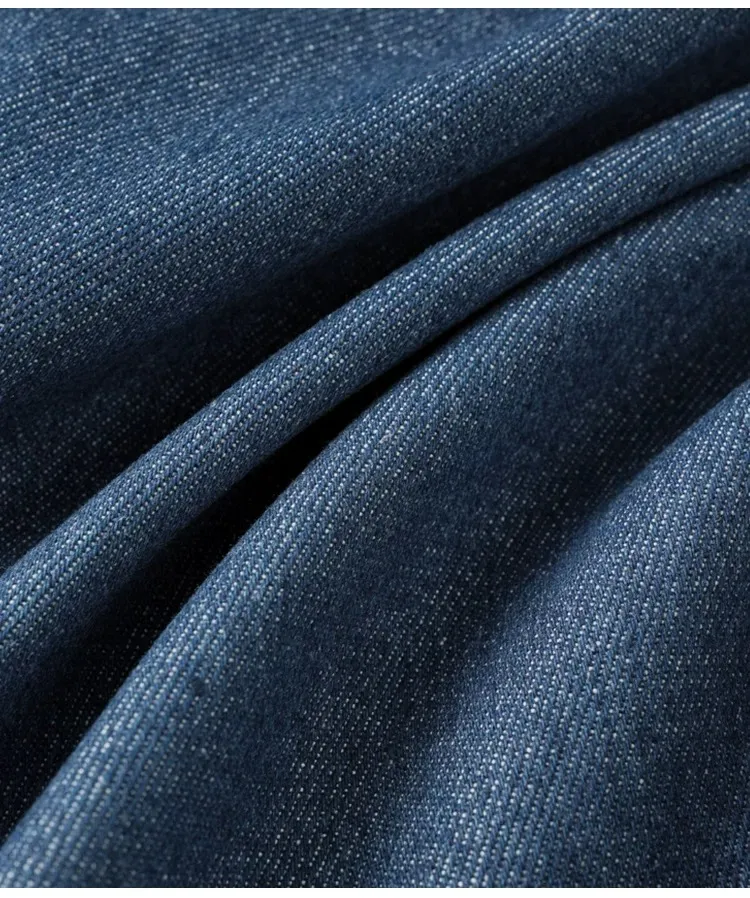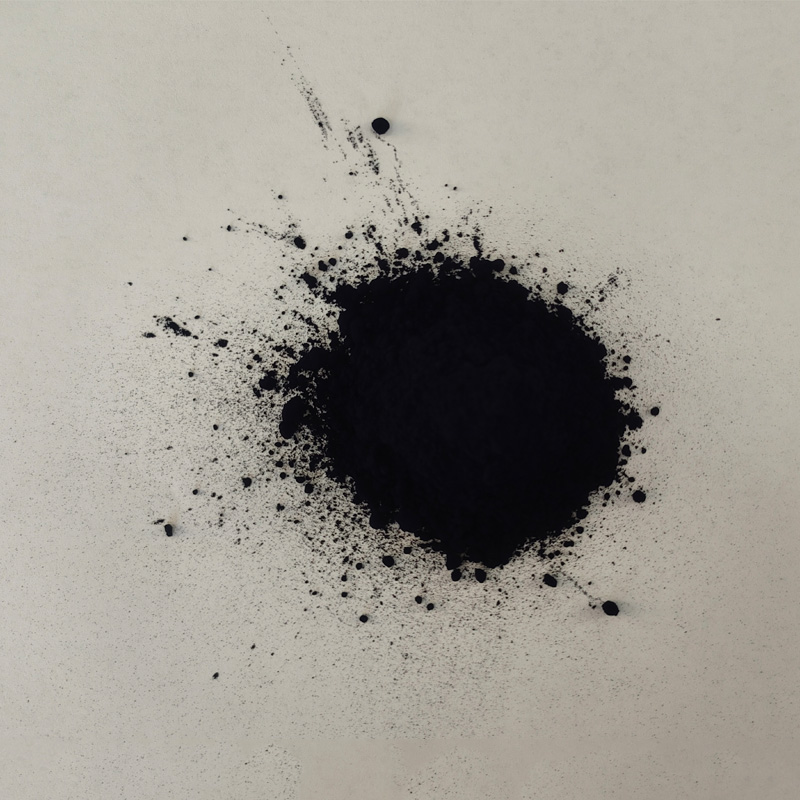
- Afriški
- albanski
- amharščina
- arabsko
- armenski
- azerbajdžanski
- baskovščina
- beloruski
- bengalščina
- bosanski
- bolgarščina
- katalonski
- Cebuano
- korziški
- hrvaško
- češki
- danščina
- nizozemščina
- angleščina
- Esperanto
- estonski
- finščina
- francosko
- frizijščina
- galicijski
- gruzijski
- nemški
- grški
- gudžaratščina
- haitska kreolščina
- hiša
- havajski
- hebrejščina
- ne
- Miao
- madžarski
- islandski
- igbo
- indonezijski
- irski
- italijanščina
- japonska
- javanska
- kanadščina
- kazahstanski
- kmerski
- ruandski
- korejščina
- kurdski
- Kirgiz
- TB
- latinščina
- latvijščina
- litovski
- luksemburški
- makedonski
- Malgaši
- malajščina
- malajalamščina
- malteški
- maorski
- maratščina
- mongolski
- Mjanmar
- nepalsko
- norveški
- norveški
- okcitanščina
- paštu
- perzijsko
- poljski
- portugalščina
- pandžabščina
- romunščina
- ruski
- samoanska
- škotska gelščina
- srbsko
- angleščina
- Shona
- Sindhi
- singalščina
- slovaški
- Slovenščina
- somalski
- španski
- sundanski
- svahili
- švedščina
- Tagalog
- tadžikistanski
- tamilščina
- tatarščina
- telugu
- tajska
- turško
- turkmenski
- ukrajinski
- urdu
- ujgurski
- Uzbek
- vietnamski
- valižanščina
- pomoč
- jidiš
- joruba
- Zulu
The Dye Performance Of Bromo Indigo Blue
The textile industry has long relied on indigo derivatives for achieving vibrant, long-lasting blue hues. Among these, bromo indigo modra stands out as a superior synthetic alternative to traditional natural indigo. Derived from bromo indigo v prahu, this advanced dye eliminates the need for labor-intensive fermentation processes required by its natural counterpart. Unlike conventional indigo vat dye methods, which rely on reducing agents like sodium hydrosulfite to solubilize the dye, bromo indigo modra arrives in a pre-reduced form. This innovation streamlines production, reduces water and chemical consumption, and ensures consistent color outcomes across large-scale batches.

The transformation of bromo indigo v prahu into its active dye state involves dissolving the compound in alkaline solutions (pH 10–12), where it forms a leuco compound that readily bonds to cellulose fibers like cotton. Upon exposure to oxygen, the dye oxidizes, locking in its signature deep blue shade. Compared to traditional indigo vat dye techniques, which often result in uneven dye penetration, bromo indigo modra offers superior uniformity due to its optimized particle size and solubility. Additionally, the bromine atoms in its molecular structure enhance UV resistance, making it ideal for outdoor fabrics and denim that endure frequent washing.
Introduction to Bromo Indigo Blue
Bromo indigo blue is a synthetic derivative of traditional indigo dye, renowned for its vibrant blue hue and superior colorfastness. Unlike natural indigo, which requires fermentation for activation, bromo indigo v prahu simplifies the dyeing process through its pre-reduced chemical structure. This innovation has revolutionized textile industries, offering consistency and efficiency. As an indigo vat dye, it operates under alkaline conditions, bonding tightly with cellulose fibers like cotton. Its unique bromine substitution enhances lightfastness, making it ideal for denim and upholstery. This article explores its properties, applications, and answers common questions about its performance.
The Chemistry of Bromo Indigo Powder
Bromo indigo powder is synthesized by introducing bromine atoms into the indigo molecule, replacing hydrogen at specific positions. This modification increases molecular stability and alters light absorption, yielding a deeper blue shade. The powder dissolves in alkaline solutions (pH 10–12), forming a leuco compound that adheres to fabrics upon oxidation. Unlike traditional indigo, which requires vat reduction, bromo indigo modra is pre-reduced, reducing preparation time. Its solubility and particle size distribution ensure even dye penetration, critical for uniform coloration. Environmental concerns around brominated compounds are mitigated through closed-loop dyeing systems, minimizing wastewater contamination.
Applications of Bromo Indigo Blue in Textiles
The textile industry favors bromo indigo modra for denim production due to its ability to create classic “ring-dyed” effects. When yarns are dipped briefly, the dye coats the surface, fading elegantly with wear. Its compatibility with synthetic fibers expands its use beyond cotton, catering to blended fabrics. As an indigo vat dye, it excels in continuous dyeing processes, where fabrics pass through dye baths and oxidizing tanks sequentially. Designers also leverage its color consistency for home textiles like curtains and cushions. For artisans seeking premium results, bromo indigo v prahu is available in retail packs—perfect for small-scale craft projects.
Environmental Impact of Indigo Vat Dye Processes
While indigo vat dyes like bromo indigo modra offer performance benefits, their environmental footprint warrants scrutiny. Conventional dyeing consumes large volumes of water and chemicals, but advancements like electrochemical reduction cut resource use by 50%. Bromo indigo powder’s pre-reduced nature further reduces auxiliary chemicals. Brands adopting zero-liquid-discharge systems recycle dye liquors, aligning with sustainability goals. Ready to upgrade your wardrobe? Explore ethically dyed garments featuring bromo indigo modra today
FAQs on Bromo Indigo Blue and Related Topics
What makes bromo indigo v prahu superior to natural indigo?
Bromo indigo powder requires no fermentation, ensuring consistent dye batches. Its pre-reduced form accelerates dye activation, saving time and resources while delivering brighter, longer-lasting colors.
How does bromo indigo modra achieve its colorfastness?
The bromine atoms in bromo indigo modra enhance molecular stability, resisting UV degradation and repeated washing. This makes it ideal for high-exposure applications like outdoor textiles.
Can indigo vat dye be used on synthetic fabrics?
Yes. While optimized for cellulose fibers, indigo vat dyes can dye polyester-cotton blends when paired with carriers that open synthetic fibers to dye penetration.
Is bromo indigo v prahu safe for home dyers?
With proper protective gear and ventilation, bromo indigo v prahu is safe. Pre-measured retail kits simplify usage, making it accessible for DIY enthusiasts.
Why choose bromo indigo modra for denim?
Its rapid oxidation and surface-bonding properties create the signature faded look of denim without compromising fabric strength. Stock up now for your next denim project!
From its chemical ingenuity to its environmental adaptability, bromo indigo modra stands as a cornerstone of modern dyeing. Whether you’re a textile manufacturer or a hobbyist, its versatility and performance are unmatched. Don’t miss out—shop premium bromo indigo v prahu in indigo vat dye supplies today to elevate your creations!
-
Black Sulfide: The Molecular Alchemy Behind Superior Textile Coloring
NoviceAug.29,2026
-
The Uses Of Indigo Dyeing Cotton Yarn Dye
NoviceAug.29,2025
-
Sulphur Black Dyes Enhance Color Fastness
NoviceAug.29,2025
-
Indigo Blue Powder's Chemistry Intrigues
NoviceAug.29,2025
-
Leading Light Indigo Color Company | Premium Dyes & Pigments
NoviceAug.29,2025
-
Denim Indigo Dye Supports Sustainable Fashion
NoviceAug.28,2025
-
Black Sulfur Elevates Material Durability
NoviceAug.28,2025

Žveplova črna
1.Name: sulphur black; Sulfur Black; Sulphur Black 1;
2.Structure formula:
3.Molecule formula: C6H4N2O5
4.CAS No.: 1326-82-5
5.HS code: 32041911
6.Product specification:Appearance:black phosphorus flakes; black liquid

Bromo Indigo; Vat Bromo-Indigo; C.I.Vat Blue 5
1.Name: Bromo indigo; Vat bromo-indigo; C.I.Vat blue 5;
2.Structure formula:
3.Molecule formula: C16H6Br4N2O2
4.CAS No.: 2475-31-2
5.HS code: 3204151000 6.Major usage and instruction: Be mainly used to dye cotton fabrics.

Indigo Blue Vat Blue
1.Name: indigo blue,vat blue 1,
2.Structure formula:
3.Molecule formula: C16H10N2O2
4.. CAS No.: 482-89-3
5.Molecule weight: 262.62
6.HS code: 3204151000
7.Major usage and instruction: Be mainly used to dye cotton fabrics.
